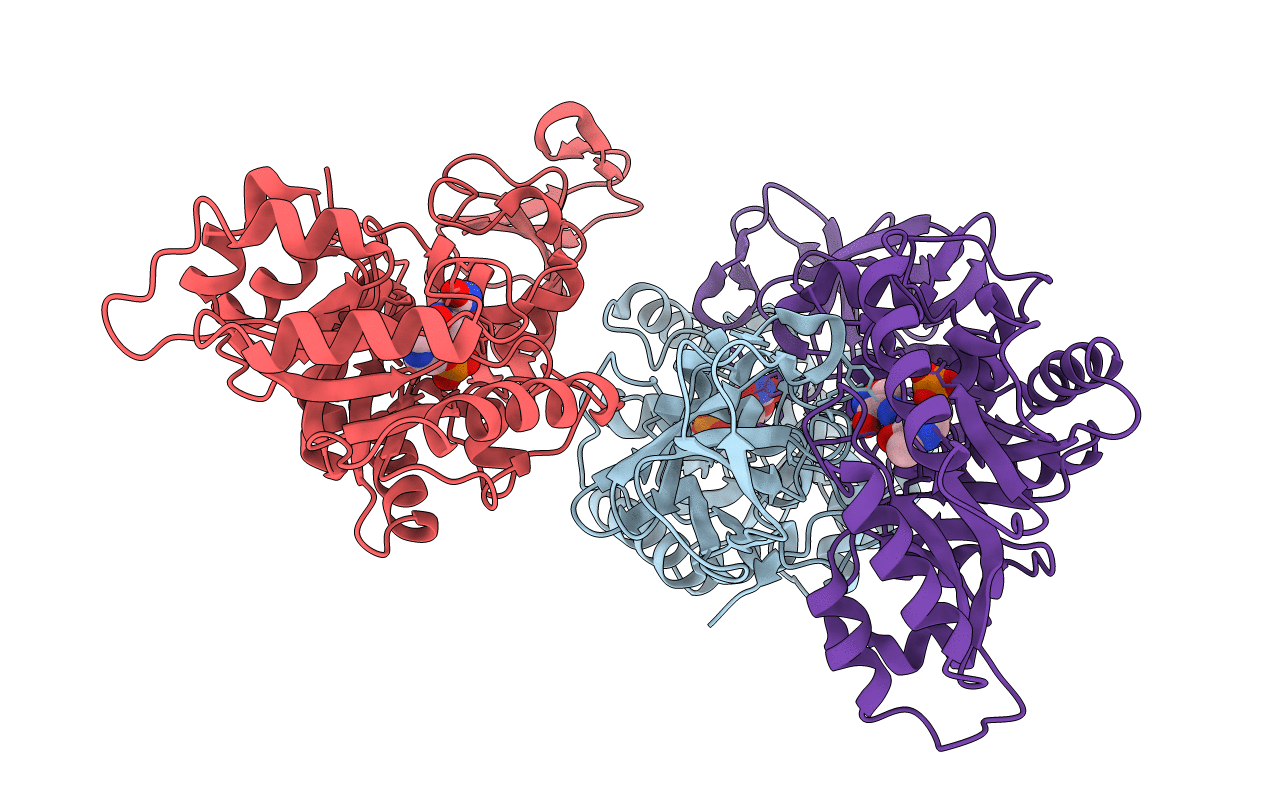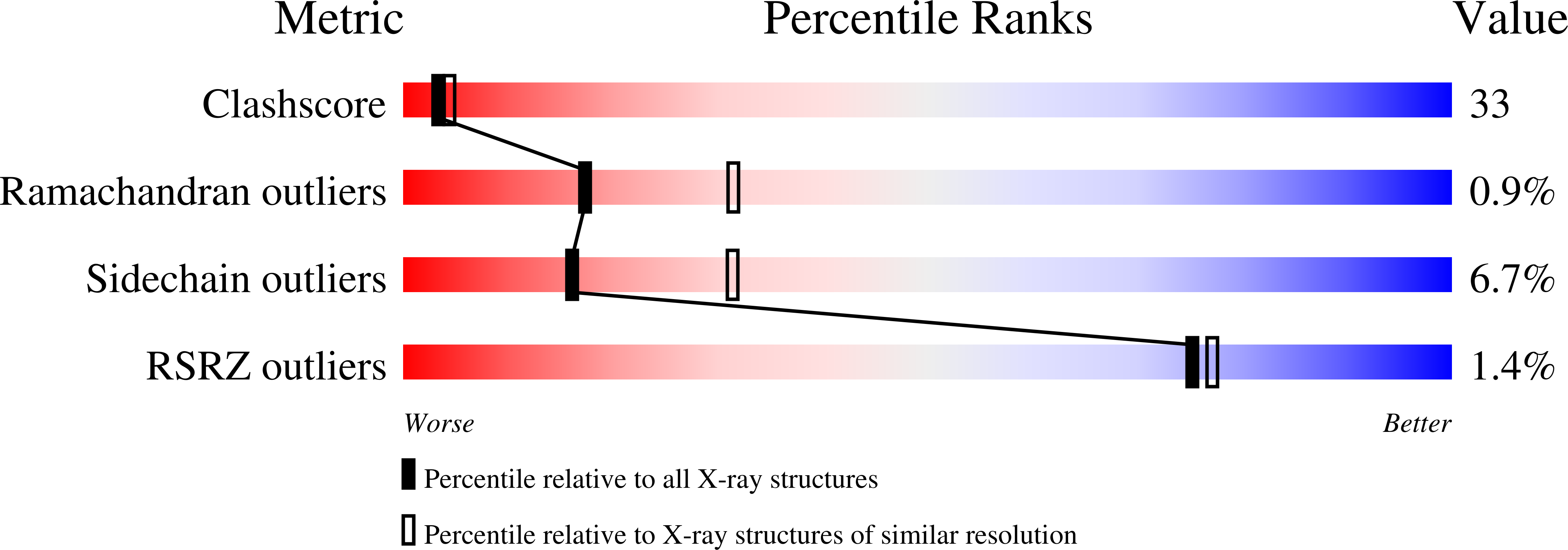
Deposition Date
2008-08-15
Release Date
2009-08-18
Last Version Date
2023-11-01
Entry Detail
PDB ID:
3E6E
Keywords:
Title:
Crystal structure of Alanine racemase from E.faecalis complex with cycloserine
Biological Source:
Source Organism:
Enterococcus faecalis (Taxon ID: 1351)
Host Organism:
Method Details:
Experimental Method:
Resolution:
2.50 Å
R-Value Free:
0.26
R-Value Work:
0.21
R-Value Observed:
0.22
Space Group:
C 2 2 21


